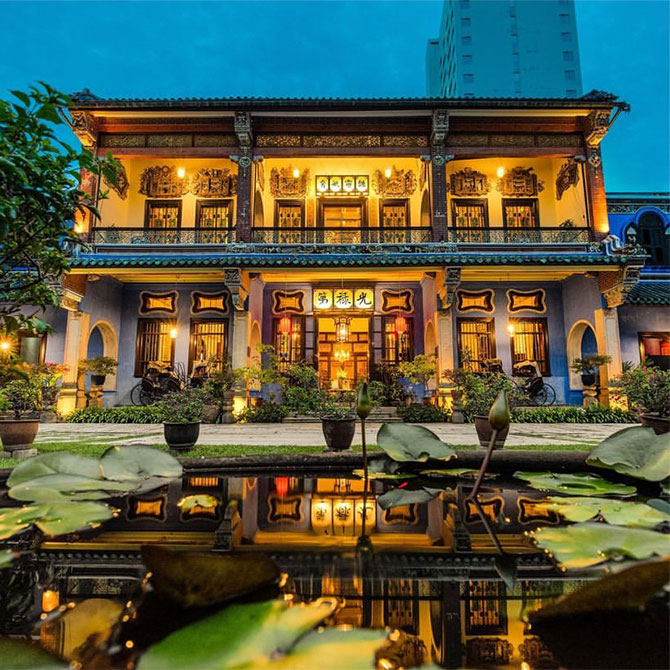The 7th of July, 2021 marks the 13th year commemorating George Town’s designation as a UNESCO World Heritage Site. To date, it is one of only four such Sites in Malaysia—sharing its reputation as the first pair of historic trading cities to be recognised by UNESCO with Malacca.
Most, if not all, Malaysians would be familiar with the many wonders of Penang’s capital by now. From its melting pot of culture and heritage to the plethora of street food, cafes and restaurants that make it a foodie’s haven, George Town ranks high on the list of places every Malaysian should visit at least once in their lifetime.
With their rich history, it’s not surprising that the city’s various architectural sites and sights have hidden gems and Easter eggs awaiting to be discovered. Whether you’re a Penangite or not, here are five fun facts about George Town that you may not know.
1. The Blue Mansion is a gift of love from its original owner to his wife
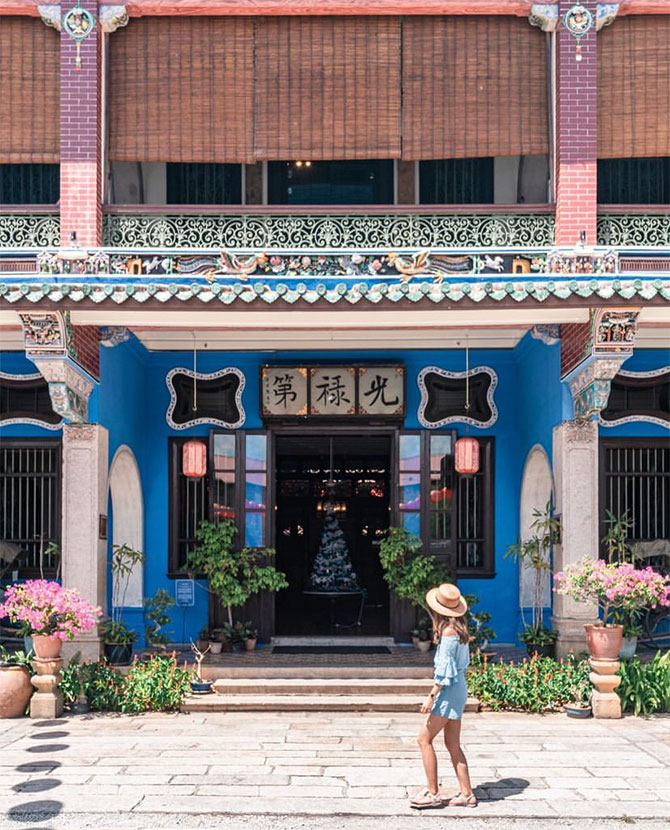
The Cheong Fatt Tze Mansion, or more commonly known as the Blue Mansion, is one of the most famous buildings in the UNESCO World Heritage city. It is easily distinguished by its bright indigo façade, which was a highly prized colour during its era of construction circa the 1880s. Cheong, the original owner of the mansion, was a successful Chinese businessman himself, so much so that he came to be known as the ‘Rockefeller of the East’.
View this post on Instagram
It was not uncommon for wealthy Chinese men to take many wives in those days, and Cheong was no exception. He had eight wives to his name, but one was allegedly his favourite: Tan Tay Po. He was 70 when he took 17-year-old Tan to be his seventh wife, and the Mansion was both his gift of love to her and the place they made their home. Today, the Mansion operates daily tours and accommodates stays (barring travel restrictions) for visitors to discover its fascinating architecture and many more anecdotes like this.
For more information about The Blue Mansion, visit the official website.
2. There were more than five international films shot around George Town
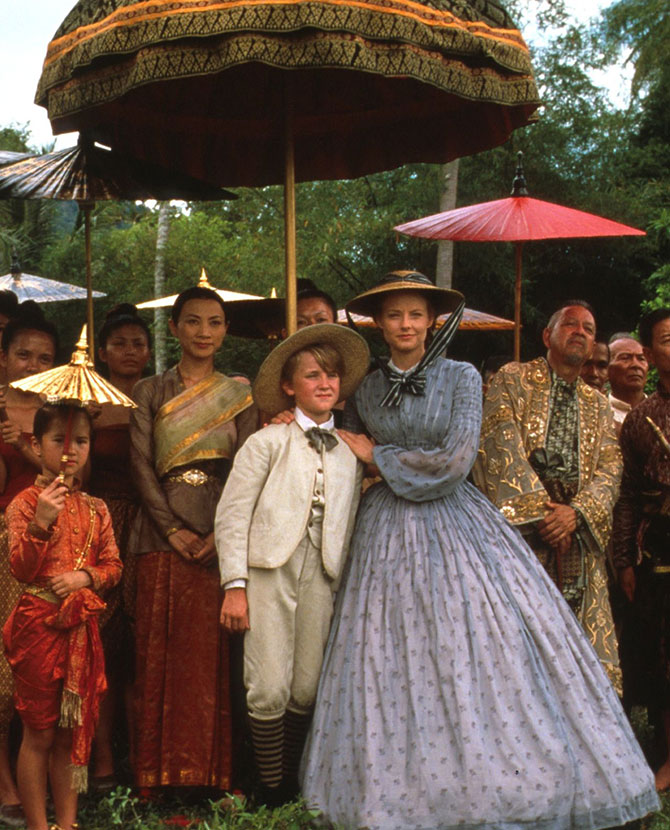
George Town’s unique architectural landscape is not only known to locals, but also to the world over. You might even say that several of its colonial streets and buildings look like backdrops straight out of an international film—and you’re not wrong. In the past, period films including Anna and The King (1999) and the Oscar award-winning Indochine (1992) were filmed in the city’s streets.
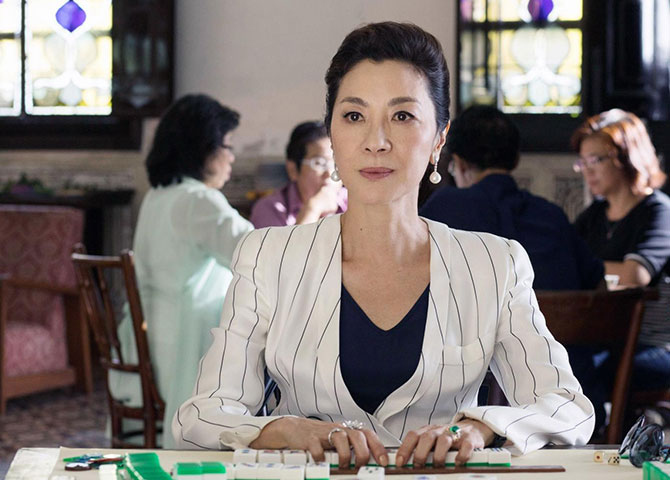
The Blue Mansion, in particular, has been a popular spot for films of various genres. You may have seen its appearance in the famous mahjong scene in Crazy Rich Asians (2018). Prior to that, it has also appeared in the Chinese historical movie based on Dr Sun Yat Sen, Road To Dawn (2007); the Chinese erotic thriller, Lust, Caution (2007); and the Asian murder mystery, The Blue Mansion (2009); as well as two other Malaysian-made dramas, The 3rd Generation (2006) and The Red Kebaya (2006).
3. Fort Cornwallis is home to the oldest chapel in Malaysia
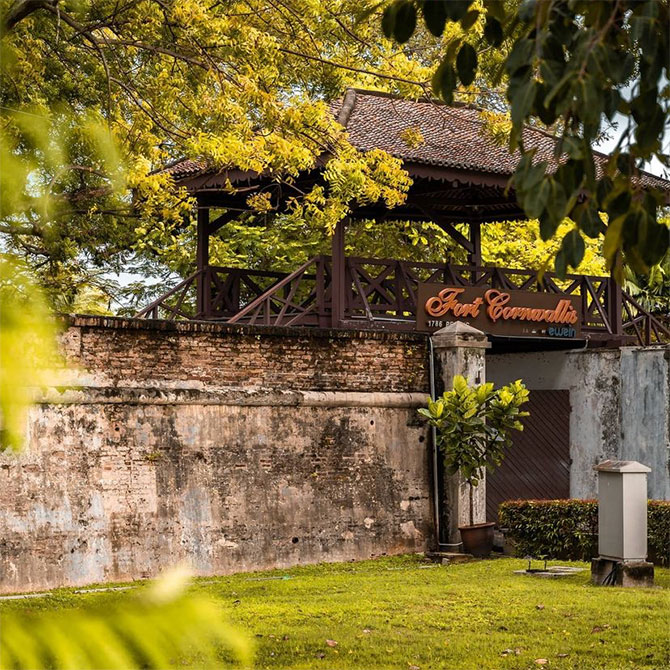
Built by Sir Francis Light, the founder of (the British colony of) Penang, Fort Cornwallis is one of the oldest forts in Malaysia that has existed since the late 18th century. Besides that, it is also the largest standing fort in the country—probably because it never engaged in combat and was mainly used as an administrative centre.
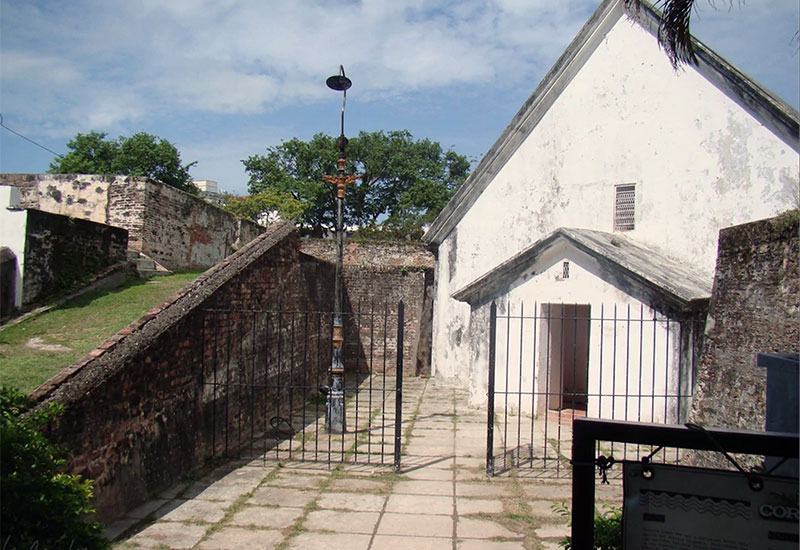
At the southwest corner of the fort, visitors will find a small white chapel that was constructed in 1799. The first recorded marriage here was held that same year, when John Timmers married Martina Rozells (Light’s widow). Though the chapel is no longer operational, it stands as the earliest roofed structure surviving from the colonial era, attracting visitors alongside the storied barracks, prison cells, lighthouse, and munition storage areas within the fort.
4. The Pinang Peranakan Mansion was once the home of a superintendent
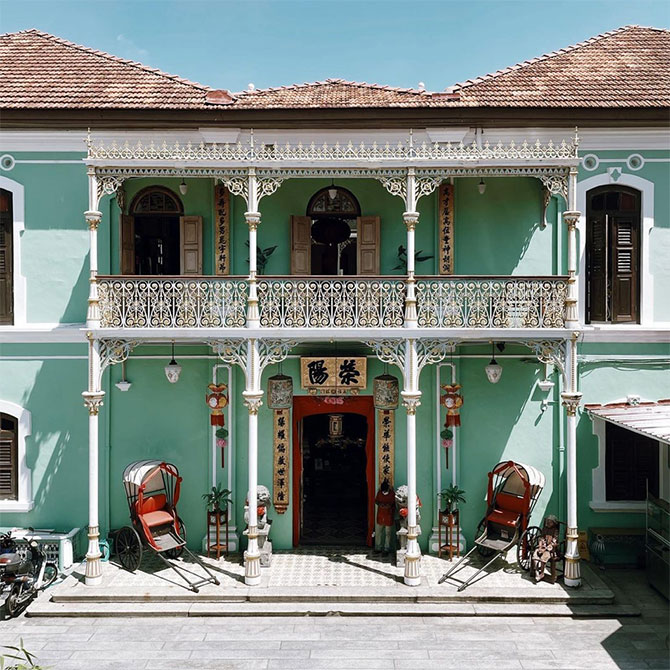
Despite its name and what it’s famous for, the Pinang Peranakan Mansion was not originally owned by a Peranakan. Erected in the late 19th century, the museum once served as the residence and office of Kapitan Cina Chung Keng Kwee, then called ‘Hai Kee Chan’ or the Sea Remembrance Store. Chung was a Chinese mining magnate and millionaire philanthropist who became the Superintendent of all Chinese in Penang during his time.
View this post on Instagram
After the Chung family lost their fortune, local Penang Peranakan architect Peter Soon took over ownership and restored the mansion to its former glory. Like the Blue Mansion, the Peranakan Mansion is set apart by the colour of its exteriors—except in green instead of the former’s indigo. It is also home to over 1,000 luxury antiques and collectables that offer a glimpse of the lifestyle of the upper-class Straits Chinese in the past century.
For more information, visit the official website here.
5. Wat Chaiya Mangkalaram boasts the longest reclining Buddha in Penang
View this post on Instagram
| SHARE THE STORY | |
| Explore More |
